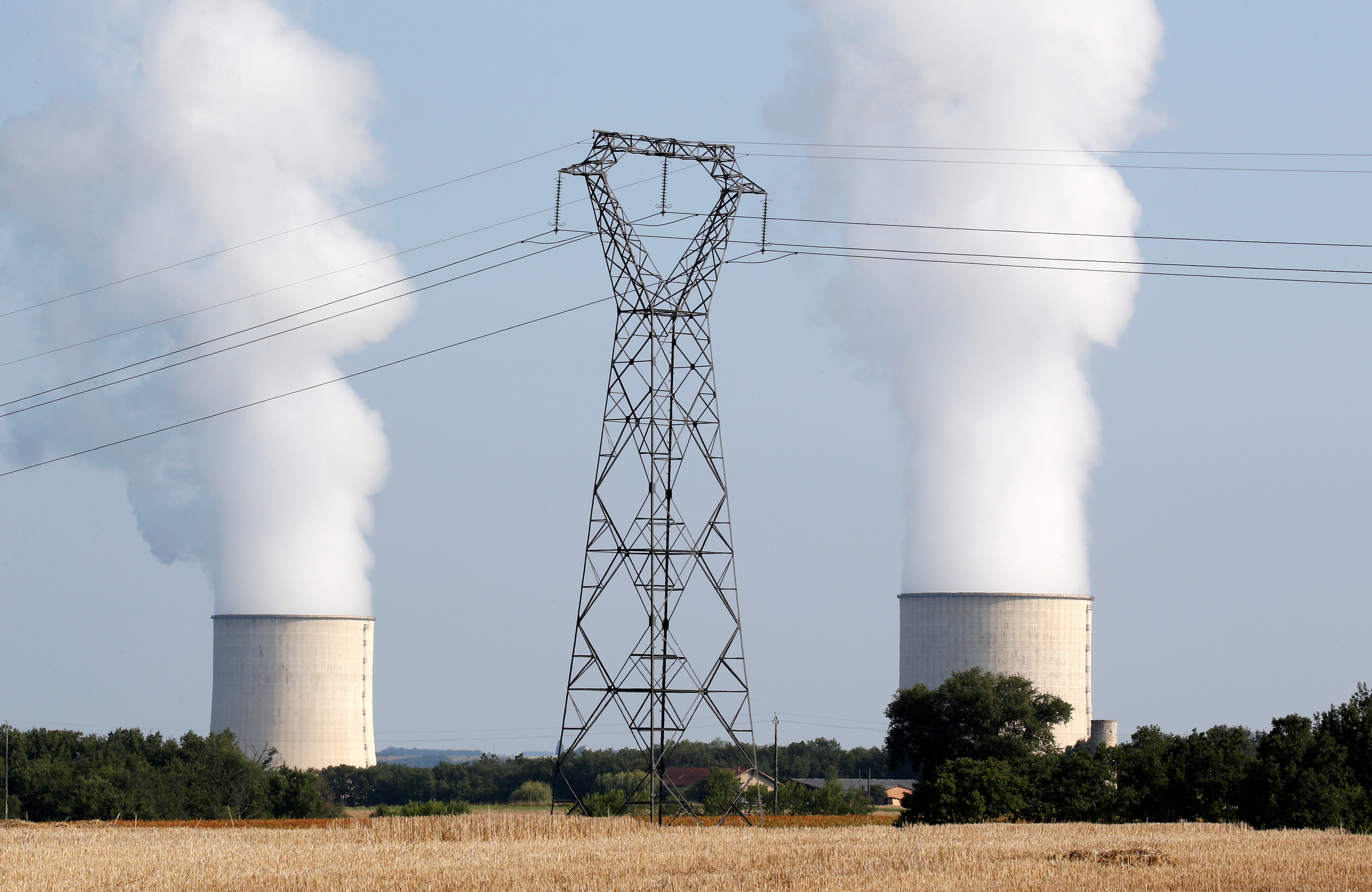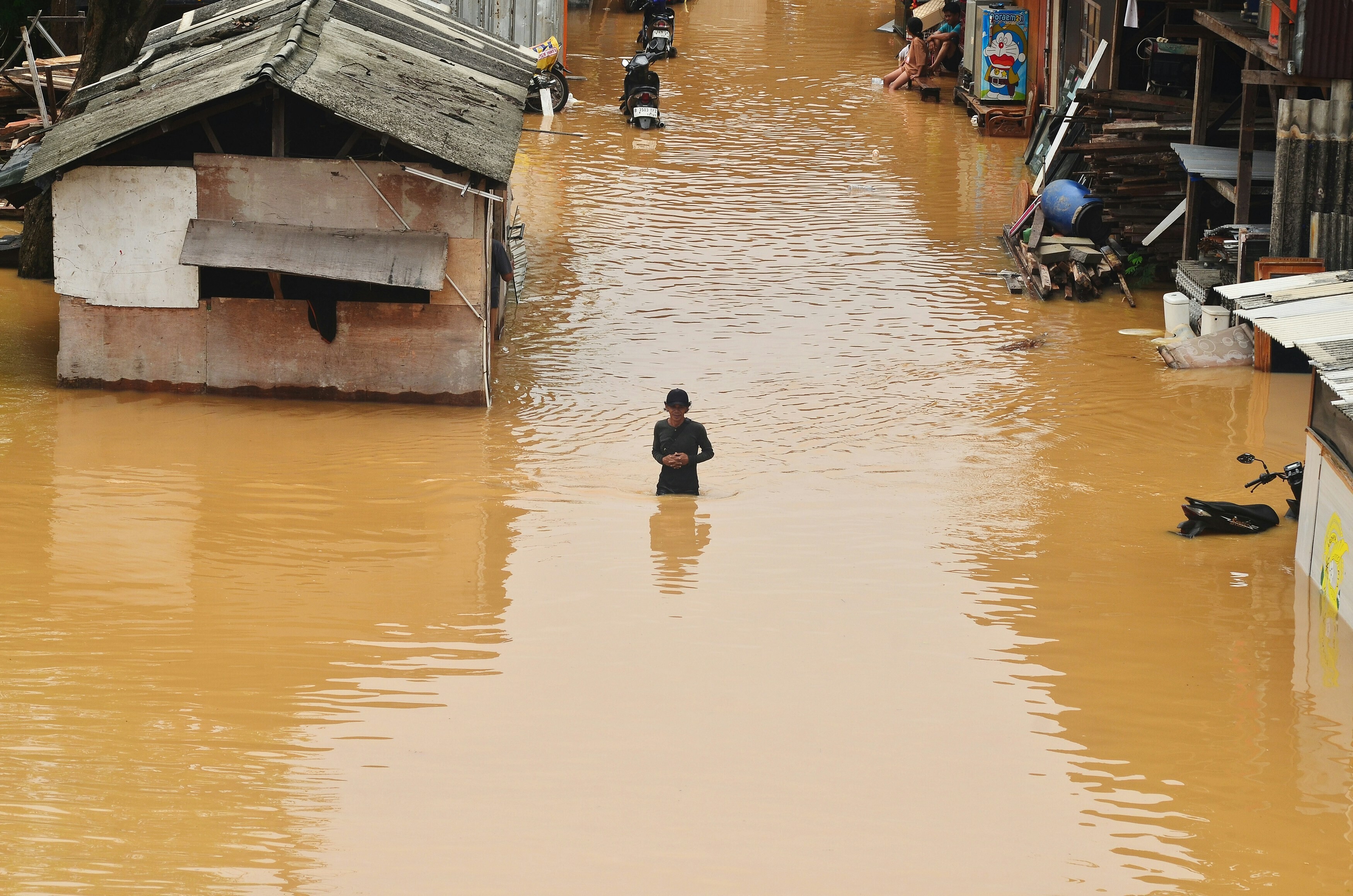December 22, 2025
How Crusoe Energy Catches Waste Methane to Power Data Centres
Crusoe Energy catches waste methane to power data centers - aligning the future of computing with the future of the climate. “One of the key problems we're focused on in emission reduction is called flaring. Flaring happens either in the oil field or in landfills, where you have this waste stream of gas that's associated with oil production or happens from decomposition of landfills", said Chase Lochmiller, CEO and Co-founder of Crusoe Energy.
Crusoe Energy catches waste methane to power data centres - aligning the future of computing with the future of the climate.
“One of the key problems we're focused on in emission reduction is called flaring. Flaring happens either in the oil field or in landfills, where you have this waste stream of gas that's associated with oil production or happens from decomposition of landfills", said Chase Lochmiller, CEO and Co-founder of Crusoe Energy.
Getting these flares into a pipeline is not always economically or logistically feasible. So companies burn them on location, resulting in highly damaging emissions.
Methane is one of the most potent greenhouse gases trapping 80 times more heat than CO2 over a 20-year period. Meanwhile, data centres are a growing ecological issue. By 2030, they could consume 8% of global electricity, up from 1-1.5% today. Lochmiller says Crusoe Energy’s business model is a ‘win-win-win’. It saves fossil fuel companies the money of either operating a flare or disposing of it safely while improving their environmental performance instead of shelling out. They receive a dividend from Crusoe who gains a cheap source of energy to create extremely low-cost data centres. And the biggest winner of all is the environment, which is saved from harmful methane emissions.
Watch to learn more about this endeavor from Crusoe Energy.
Forum Stories newsletter
Bringing you weekly curated insights and analysis on the global issues that matter.





